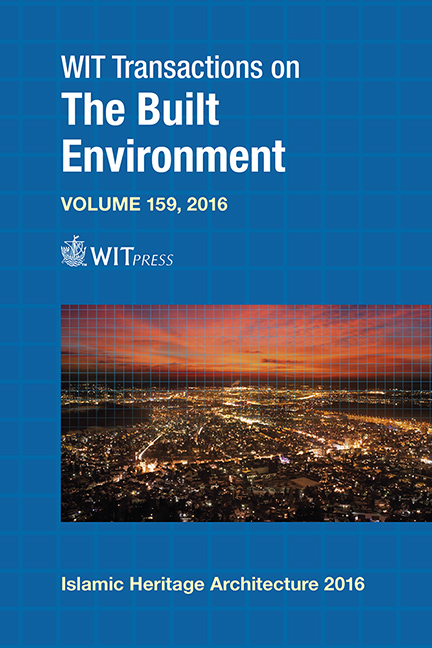The Riḥla: A Trip To Arab–Norman Palermo – A Story Of A Mediterranean Koine By Way Of Two Buildings
Price
Free (open access)
Transaction
Volume
159
Pages
13
Page Range
183 - 195
Published
2016
Size
1,193 kb
Paper DOI
10.2495/IHA160161
Copyright
WIT Press
Author(s)
Luisa Fernández Rodríguez
Abstract
The purpose of this paper is to take an architectural journey analogous to the real geographical journey narrated by Ibn Ŷubayr, a writer from Al-Andalus, in his book The Riḥla. A journey that takes him from Granada to Mecca stopping at Altavilla in Sicily in 1185.
The Riḥla is a milestone and a time capsule, of Saladin, the Crusades and the Mediterranean paradise of the four cultures, with its own narrative and expository style.
The translation to architecture is made from the same open-minded point of view as that of the Valencian Ibn Ŷubayr, looking for architectural styles and motifs and discovering them in the court of Guglielmo II, where four cultures coexisted: Arab, Norman, Latin and Byzantine.
In this architecture a harmonious synthesis is formed. The knowledge of Muslim artists naturally translated to new buildings with echoes from Cairo and Ifriqiya resounding in types and tectonics, going far beyond the surface decoration or the methods of construction.
Keywords
Arab-Norman architecture, Palermo, hajj, Ibn Ŷubayr, Riḥla




